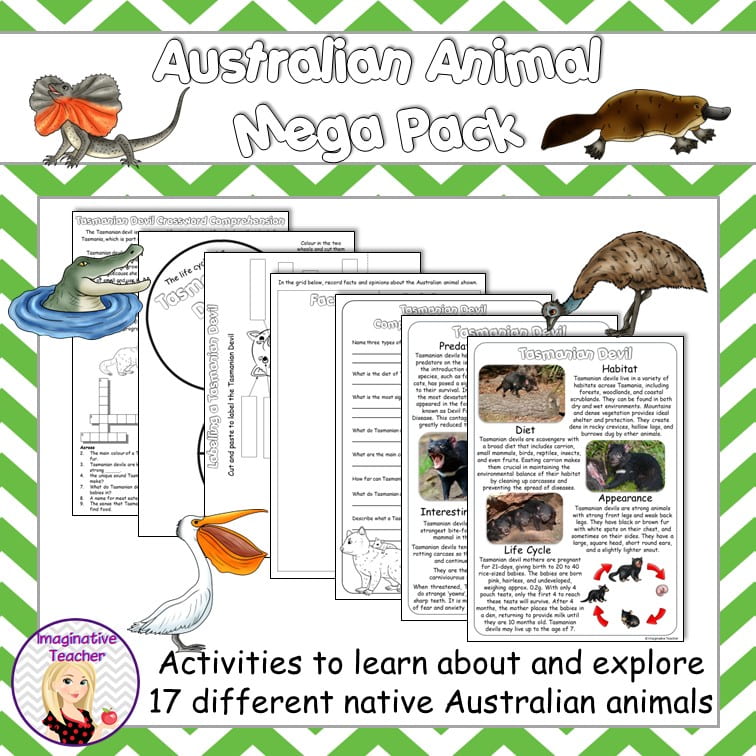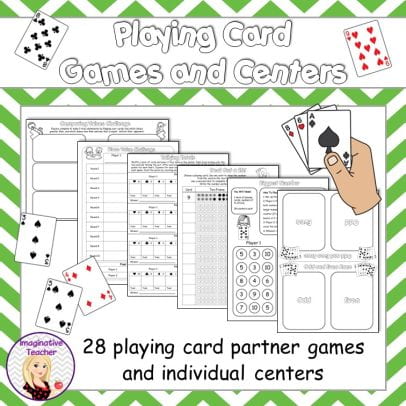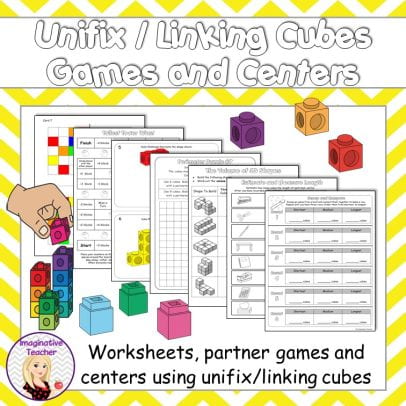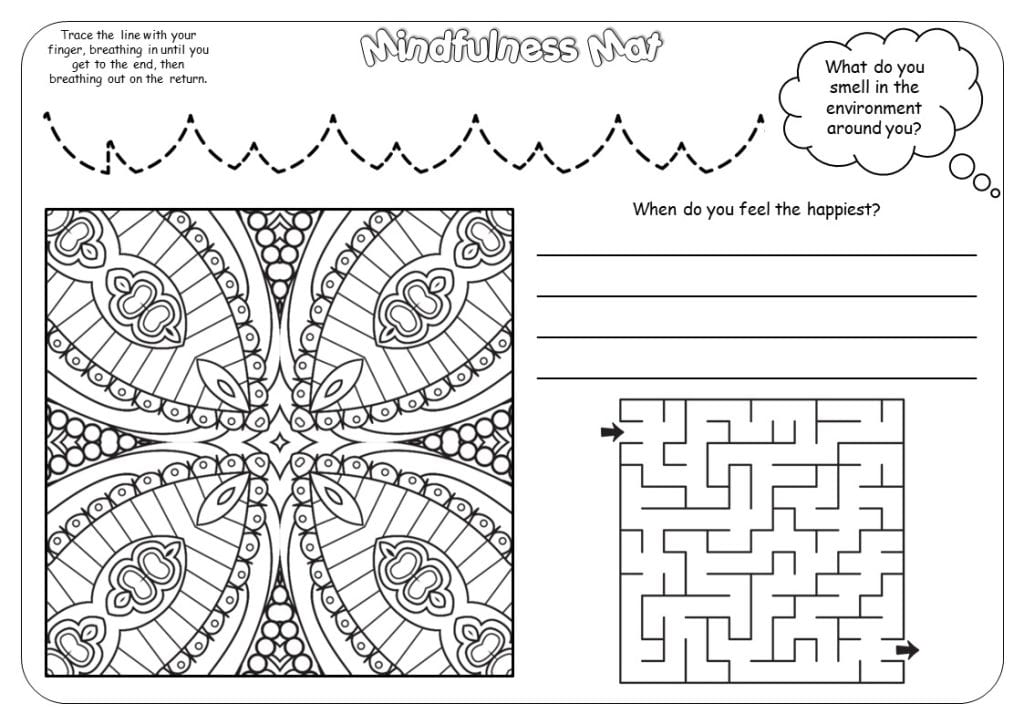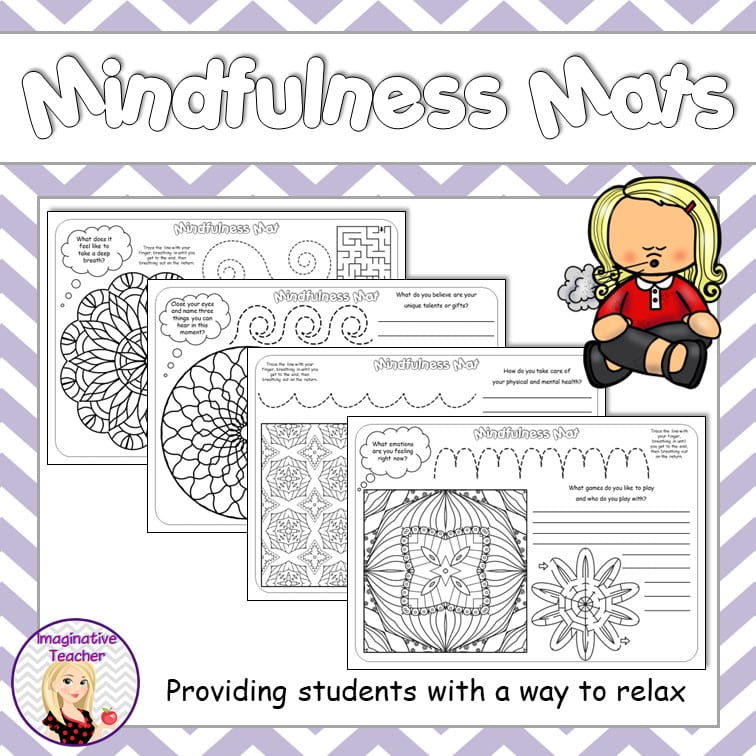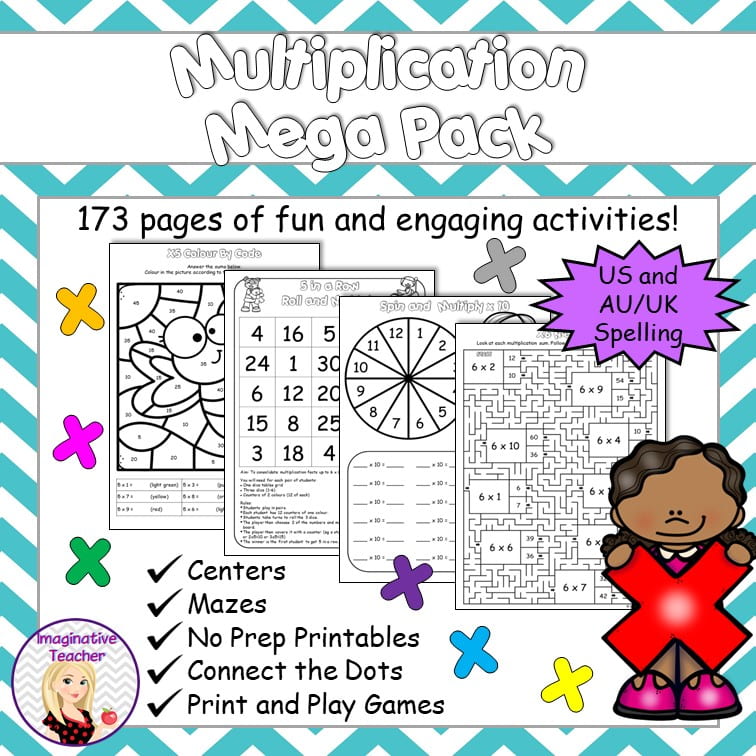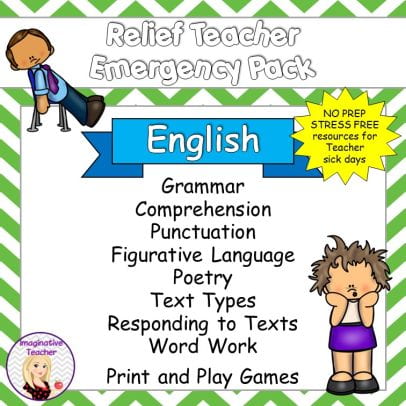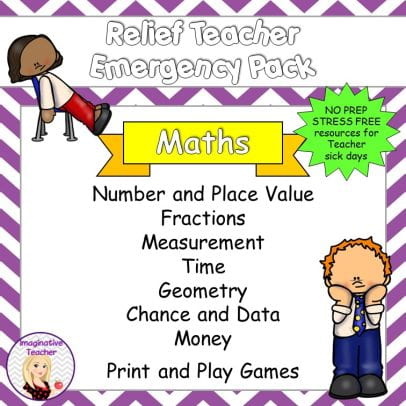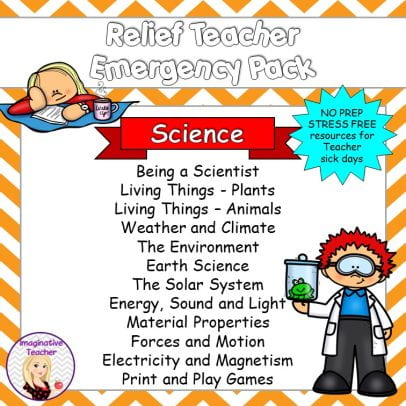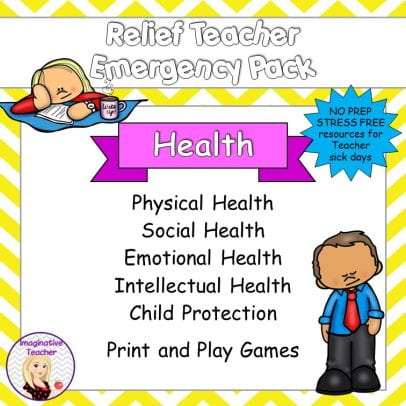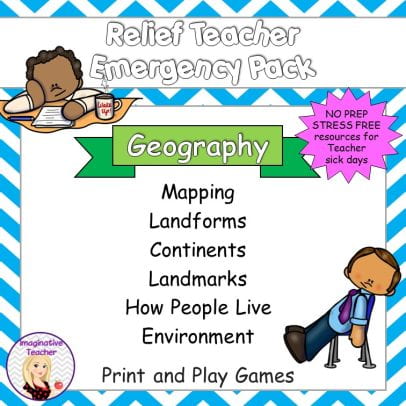Fairy tales have long been a beloved source of entertainment for people of all ages. But did you know that they can also be an effective tool for learning in the classroom? From teaching morals and values to multicultural education, fairy tales have a lot to offer when it comes to education.
One of the biggest benefits of using fairy tales in the classroom is the engagement factor. Fairy tales are filled with colourful characters, exciting plot twists, and captivating stories that can capture students’ attention like no other. They’re also often familiar to many students, which can make them more invested in the learning process.
Fairy tales are also a great way to teach important life lessons. Many fairy tales have morals that can be applied to real-life situations, such as the value of hard work or the consequences of dishonesty. These lessons can be particularly impactful for younger students who are still learning how to navigate the world around them.
But perhaps one of the most significant benefits of using fairy tales in the classroom is their universal appeal. No matter where you come from, chances are you’ve heard of classic fairy tales like Jack and the Beanstalk, Snow White, or Little Red Riding Hood. This makes them a powerful tool for teaching about different cultures and traditions, as well as promoting empathy and understanding for people who may come from different backgrounds.
When using fairy tales in the classroom, there are a variety of ways you can incorporate them into your lessons. I’ve designed this 200+ page pack around 9 of my favourite fairy tales:
- Jack and the Beanstalk
- The Elves and the Shoemaker.
- The Three Little Pigs
- The Gingerbread Man,
- Hansel and Gretel.
- Little Red Riding Hood.
- Rapunzel
- Rumpelstiltskin
- Aladdin
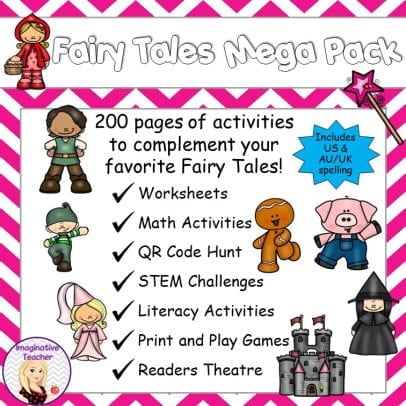
Each fairy tale includes Literacy and Math activities, story sequencing, STEM activities, comprehension questions, print-and-play games, and reader’s theatre.
Also included are 45 pages of general fairy tale activities such as analyzing elements of a fairy tale, would you rather expositions, Thinker’s Keys, an inferring QR code hunt, story starters, colour by code and much more!
*Selected pages are also duplicated to cater for AU/US regional spelling differences such as colour/color and favourite/favorite.
If you are looking at learning about fairy tales, then this is the pack for you!
Happy teaching!
✏️❤️ Katie
 Our animals are special, and each one has its own interesting story. The kangaroo isn’t just good at hopping; it’s also really good at living in the tough Australian outback. Koalas aren’t just adorable; they’re experts at living in trees, like they’re the kings of the eucalyptus forests. And then there’s the platypus, which is like a puzzle because it’s a mammal that lays eggs and has a bill like a duck. And did you know it’s bioluminescent! That’s breaking all the rules! Now, the kookaburra is like our own stand-up comedian with a laugh that’s really hard to forget. And we can’t forget about the saltwater crocodile, a living dinosaur that still rules over our water.
Our animals are special, and each one has its own interesting story. The kangaroo isn’t just good at hopping; it’s also really good at living in the tough Australian outback. Koalas aren’t just adorable; they’re experts at living in trees, like they’re the kings of the eucalyptus forests. And then there’s the platypus, which is like a puzzle because it’s a mammal that lays eggs and has a bill like a duck. And did you know it’s bioluminescent! That’s breaking all the rules! Now, the kookaburra is like our own stand-up comedian with a laugh that’s really hard to forget. And we can’t forget about the saltwater crocodile, a living dinosaur that still rules over our water.